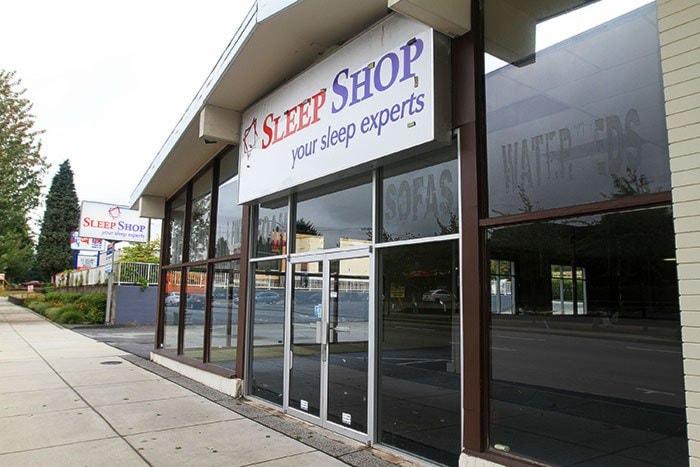Council requested that funding for the Salvation Army’s emergency shelter be cut without waiting for a review of how social services are provided in Maple Ridge.
But time was of the essence, according to one councillor.
“Matters have basically overtaken us and we need to deal with them. It wouldn’t be good to sit around and wait for however long it takes to come to some solutions that way when some of the challenges are so pressing,” said Coun. Bob Masse.
“The community’s extremely upset because people are dying,” he said, citing the overdose death on Thursday at the Cliff Avenue homeless camp, near the Salvation Army.
A 42-year-old man from Surrey died late that evening from a suspected fentanyl overdose.
“It’s pretty hard to take a whole bunch of time and do what you normally do,” Masse said.
“It has been an extraordinary situation.”
In April, council approved spending up to $75,000 to study how social services are delivered in Maple Ridge, with another goal of developing measuring tools to ensure programs are helping people.
On Aug. 24, the city announced it was going to ask B.C. Housing to cut the $1 million a year it gives the Salvation Army to run the 25-bed emergency shelter.
A few days later, it announced the opening of a temporary shelter in the old Sleep Shop building on Lougheed Highway.
Masse, who excused himself from the debate about the temporary shelter because his chiropractic business is located nearby, said lots of background work has been done on the issue of homelessness.
There may not be exact numbers, but he doubts if anyone would dispute that people at the Salvation Army shelter or using the meal service or drop-in program are not progressing.
The Salvation Army, however, says that 25 per cent of those who come into the shelter move on to other addiction treatment or housing.
Masse disputes such success, but doesn’t fault to shelter.
The Sally Ann, which operates 20 shelters around the province, has been dealt an impossible task, he added, although he was astounded at the million dollars yearly the organization receives to operate the emergency shelter.
“They tried to fill the void and they just haven’t handled it well,” he said.
Masse thinks a new emergency shelter model is needed.
Kelly Swift, general manager of parks and recreation services, said the city will pay $7,490 a month to lease the building from October until the end of March.
Maple Ridge also will pay for the upgrades to the building, although they won’t be extensive.
“This has to clear up a backlog,” of people who have been homeless for a long period of time.
“It’s going to be a very well-managed site,” she said.
The name of the shelter operator hasn’t been released yet because talks are still going on with B.C. Housing, which is paying the operating costs.
However, RainCity Housing is advertising for an on-call relief support position to work at a temporary shelter run by the City of Maple Ridge.
The shifts would be evenings and overnight and be eight hours long.
The RainCity Housing policy is to accept couples, dogs, shopping carts and possessions.
“Our staff work within an anti-oppression framework that welcomes people back inside with dignity and a genuine curiosity about who they are.”
The shelter worker would be responsible for daily operations of the shelter, including cleaning of the shelter space, showers, washrooms and offices; laundry, food service, preparing bedding space and maintaining a safe and secure environment for staff and residents.
The city shelter will be laid out in a dormitory, bunk-house style land also have a common room and a portable kitchen to provide hot meals.
Unlike the Salvation Army’s Caring Place, people will be able to stay inside during the day and there will be storage space for personal effects.
Gatherings’ won’t be allowed in the parking or along the highway and clients will exit and enter via the back door.
“It’s going to be supervised by two staff, 24 hours a day.
“The intention is not to have people loitering around the site.”
The shelter will be considered low barrier so that while drugs and booze aren’t allowed inside, but you don’t have to be dry to go in.
One of the goals at the centre is to let in everyone who wants either a home or treatment.
Swift said a shelter is often the first step rehabilitating people who’ve been on the street a long time used to sleeping indoors.
The temporary shelter also lines up with the Housing First program promoted by the federal governments, which focuses on providing homes as the first step to rehab.
Rezoning wasn’t required in order to open the shelter. An open house is being planned for closer to opening day.
